George Cruikshank (1792-1878) from London was probably the most influential caricaturist and illustrator of the 19th century. His work was praised by the masses and feared by the social elite. Many generations of illustrators learned from him. Cruikshank's numerous changes in the field of caricature and illustration survived the test of time and are still taken into account today.
Let's present the top 10 facts from his life and work.


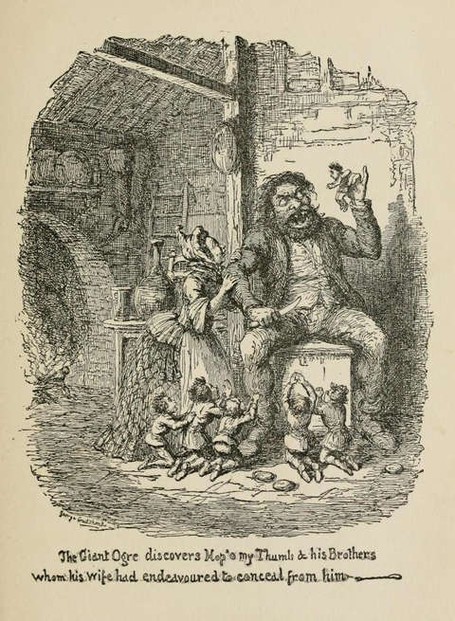
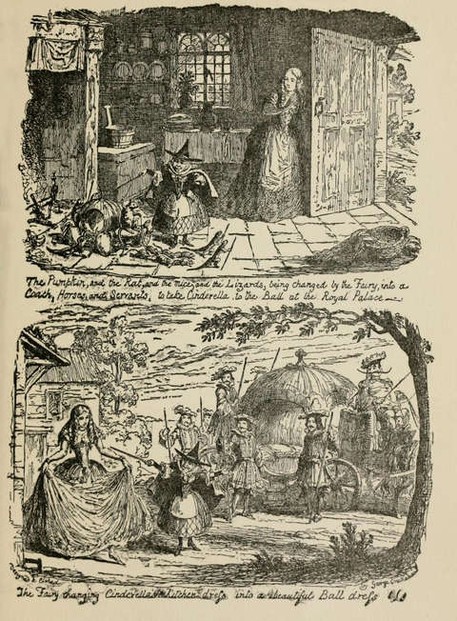
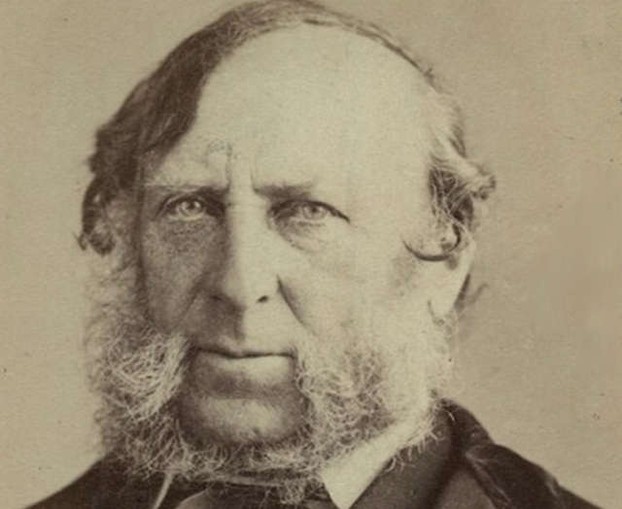
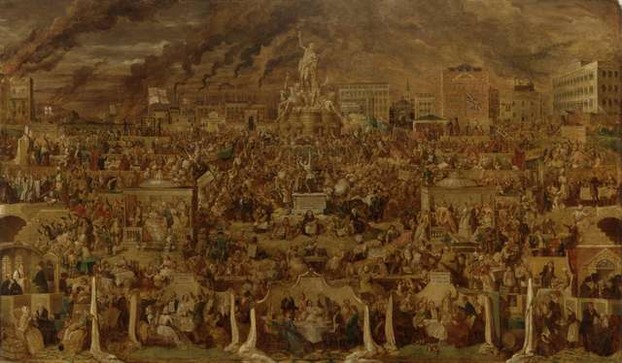

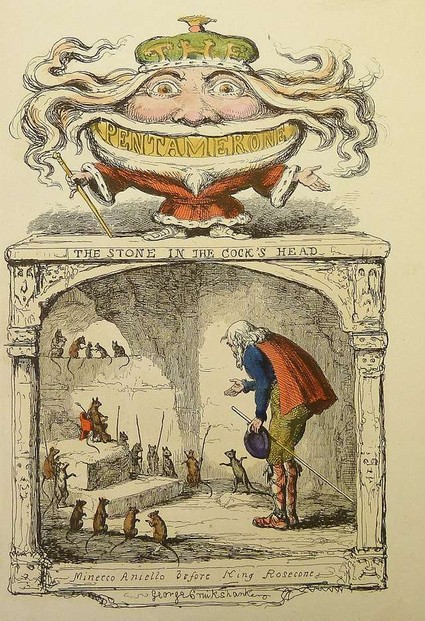

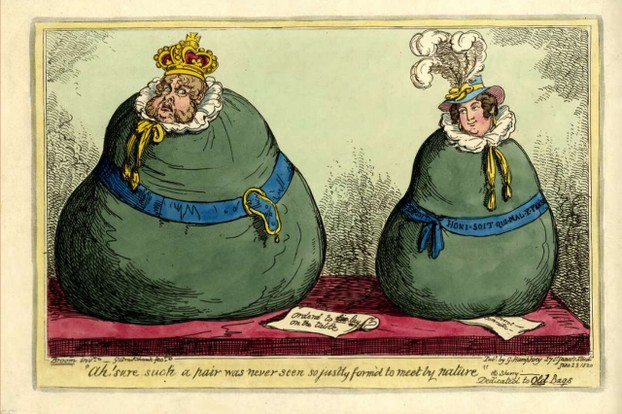

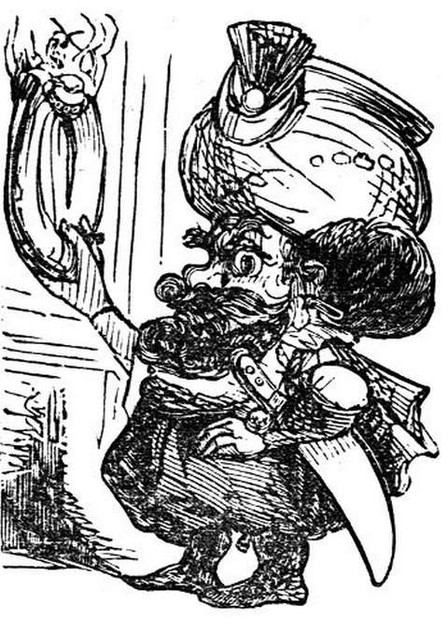
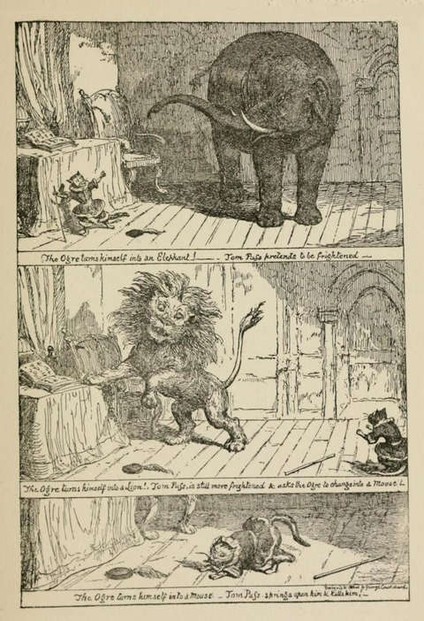
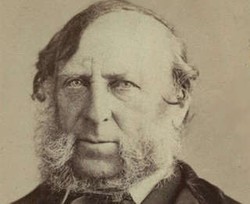

 Vintage Postcard Artists with 10 Examples of Easter Cardson 02/21/2025
Vintage Postcard Artists with 10 Examples of Easter Cardson 02/21/2025
 Valentine's Symbolson 01/23/2025
Valentine's Symbolson 01/23/2025
 Thanksgiving Symbolson 11/12/2024
Thanksgiving Symbolson 11/12/2024
 Famous Witches in Literary Historyon 10/06/2024
Famous Witches in Literary Historyon 10/06/2024

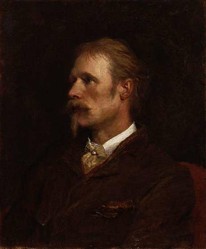
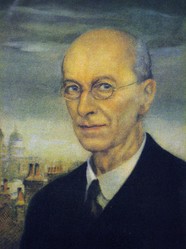
Did you learn something new about George Cruikshank?
Sure, DerdriuMarriner, there are also many fairy tales without an absent father. Yet, several of the most popular classics, like Red Riding Hood, Cinderella (yes, he understands the daughter needs a mother, but at the same time he doesn't protect her), Snow White, etc. There are also fairy tales where the father's death triggers the action and the story actually starts with his death (like Puss in Boots, for instance).
This comment is one that I put on WriterArtist's recentest wizzley about great historical father figures.
It's relevant to this wizzley because you mention among your facts the absent father.
Might there be fairy tales where father figures are present and righteous and others where they are non-righteous and present?
I thought of Cinderella because, like in the Hawaiian tale The Legend of Punahou with widower Kaha'akea marrying secondly Hawea for his twin son Kauawa'ahila and daughter Kauaki'owao to have a mother, the father marries again to provide a "normal" family life and household.
Would the father to the 12 dancing princesses be a good father because he worried about where his daughters went to do what with whom or would he be a bad father for locking them in every night?
Thanks, DerdriuMarriner, for this info. You are a true detective!
WriterArtist, thanks for stopping by. Yes, Cruikshank was a skillful artist and he earned decent money, yet he went through several crises (some being out of his power, some caused by his wrong decisions). But only a few decades later more and more artists became able to make a good living thanks to their drawings and paintings.
Yes, DerdriuMarriner, Bluebeard has an exceptional position, but for a good story, we always need a bad guy. The color of his beard is unnatural - blue is very rare in nature (sky and water a colorless, they just reflect the environment) and is often perceived as a sign of something going bad (moldy fruit, for instance). In this case, analysts believe it's probably meant as a sign of something 'out of this world', which can be seen through illustrations, where the title character is portrayed as somebody from Turkey, Persia, or a similar unfriendly country to Europeans of those times.
Online sources include a picture of and a paragraph about the Cruikshank stele.
The stele inscription indicates that the Cruikshank remains subsequently were removed to St. Paul's Cathedral Nov. 29, 1878. It also indicates that "his affectionate widow Elia Cruikshank" was responsible for the stele topped by a William Behnes (1795-Jan. 3, 1864) bust.
It would tell a lot about how they fared and what immediate posterity thought of Cruikshank if Eliza, Adelaide and Adelaide's children were treated as respectfully in life and death, wouldn't it?
I thought making a living with cartoons was difficult but I am pleased to find that history has provided and cheered many caricaturist. Education is important but it is nice to know that one need not be dependent upon the degrees and certificates. From the photos, it is evident that he was a talented artist who was able to market his caricatures at an early age of 10.
It's a bit unsettling to come across an anti-hero such as Bluebeard. Hopefully, he served as an exceptional case of a bad guy getting lots of publicity that could have gone to a good guy.
Was there something in particular that made him stand out among the other animal-, people- and plant-abusing, wife-killing candidates?
Was the blue beard meant to be figurative, literal, symbolic and if so, what of?
Thank you, DerdriuMarriner, for your valuable inputs.
DerdriuMarriner, unfortunately, it's, very hard to find decent data about George's mother and sister. I'm sure they were affected at least as relatives, living under the same roof.